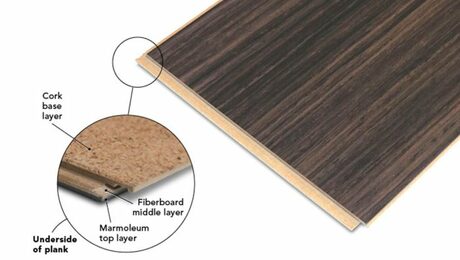Rainscreen code vs. local conditions
We’re just about finished with the planning stage, submitting permits in the next week or so, a house in central Oregon. Zone 5b, (97760) high desert environment.
Sip panel, blueskin wrb, and fibercement panel will make up the walls.
My question is regarding the necessity of a rainscreen. Oregon code requires a 1/8″ minimum rainscreen or that the wrb sheds water better than the standard.
High desert I’m more concerned with wildfire potential and solar driven vapor than the drying potential that exists west of the mountains.
Is it safe to install the side with minimal gap? Assuming Henry has data showing that their product sheds water well enough?
Better to use 1/4″ furring strips to create a minimal air gap? Use a non flammable “insect/ember barrier”
Does the hardi panel perform better over a gap? I’ve seen the discussion about giving fibercement a means to dry, but that has generally been discussed in environments with more precipitation or higher humidity.
GBA Detail Library
A collection of one thousand construction details organized by climate and house part









Replies
1/8" is more than enough space for a rainscreen to provide draining, and will keep your assembly safe from bulk water, which is probably all you need.
A wider gap -- usually at least 3/4" -- will allow for air movement and ventilation, which will allow your assembly to dry faster. The ventilation is useful for a material like brick, which can hold a lot of water and should be allowed to dry quickly to protect it. Ventilation is not needed in your assembly, as the fiber cement siding will not retain much water and does not need to dry quickly. You can even use a drainage mat if you want, to really restrict airflow and protect against embers.
Edit: Here are some resources if you want to know more:
https://www.greenbuildingadvisor.com/article/all-about-rainscreens
https://www.buildingscience.com/documents/digests/bsd-105-understanding-drainage-planes
The only real benefit of going higher that 1/8" is that you have a little more room for error when it comes to installation.
Check out the resources on protection from wildfire at the IBHS: https://ibhs.org/risk-research/wildfire/.
Peter
Interesting read, I was familiar with fire wise, but the research side is informative. We're planning everything they recommend and more:
-slab on grade, concrete patio, so no wood deck.
-fiber cement siding
-unvented metal single pitch roof (sip panel, so no soffit vents)
- house is rectangular, no corners for embers to collect
-gravel and paver next to the house, no plants within 5-10ft at a minimum
-enviromentally appropriate landscaping, low maintenance, desert friendly. (Have heard of problems in California with eucalyptus trees)